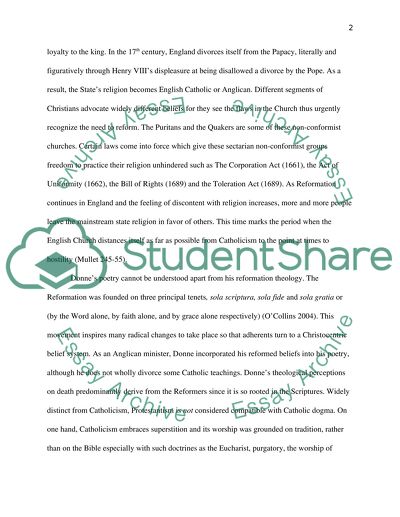Cite this document
(“Religion in Donnes Death Be Not Proud Essay Example | Topics and Well Written Essays - 3500 words”, n.d.)
Retrieved from https://studentshare.org/literature/1398883-religion-in-donnes-death-be-not-proud
Retrieved from https://studentshare.org/literature/1398883-religion-in-donnes-death-be-not-proud
(Religion in Donnes Death Be Not Proud Essay Example | Topics and Well Written Essays - 3500 Words)
https://studentshare.org/literature/1398883-religion-in-donnes-death-be-not-proud.
https://studentshare.org/literature/1398883-religion-in-donnes-death-be-not-proud.
“Religion in Donnes Death Be Not Proud Essay Example | Topics and Well Written Essays - 3500 Words”, n.d. https://studentshare.org/literature/1398883-religion-in-donnes-death-be-not-proud.


